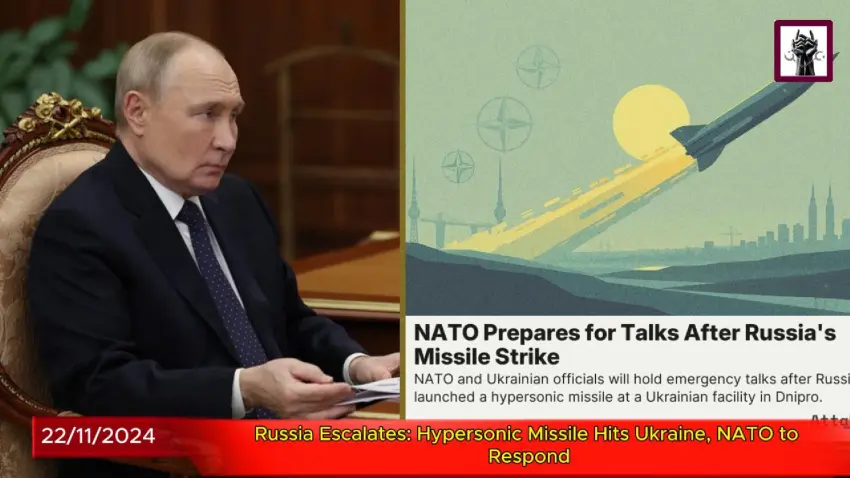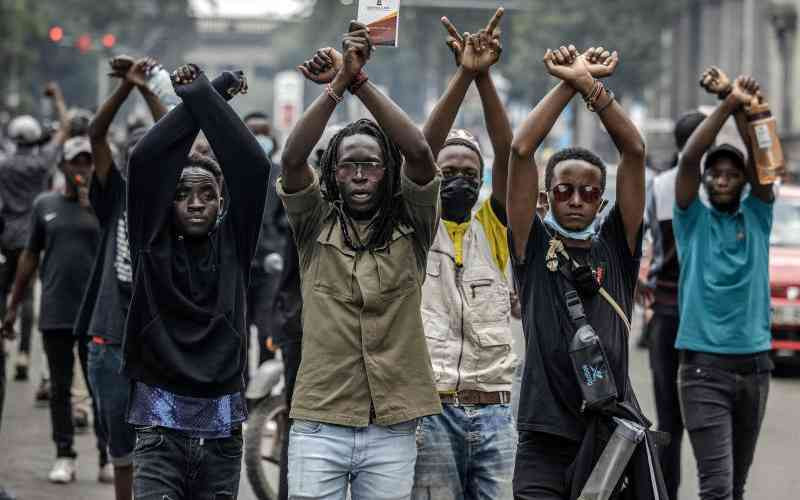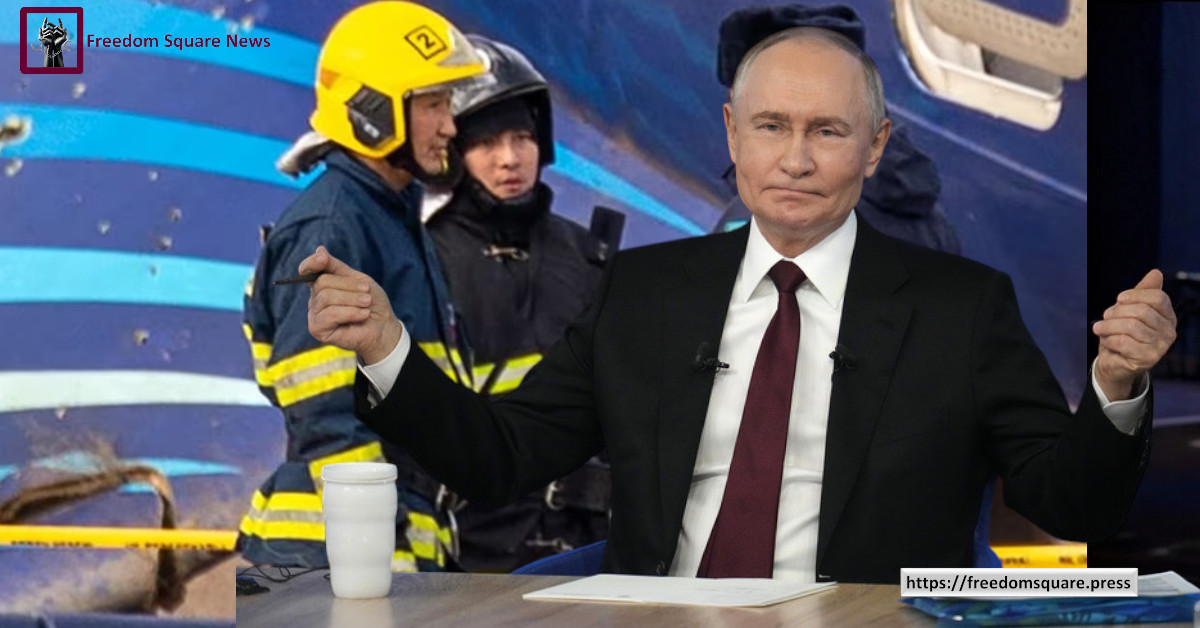A New Phase of Technological and Strategic Intensity
The conflict between Ukraine and Russia has entered a perilous new phase, marked by Russia’s use of an experimental hypersonic ballistic missile in an attack on Dnipro. This latest strike underscores the growing technological and strategic intensity of the nearly three-year-old war, highlighting the heightened stakes for both Ukraine and its Western allies.

The Significance of the Oreshnik Missile: Russia’s deployment of the Oreshnik missile—a cutting-edge, hypersonic weapon capable of traveling at Mach 11—represents a dramatic escalation. Unlike previous missile systems, this missile carries multiple warheads and submunitions, making it particularly difficult to intercept with current air defense systems. President Vladimir Putin framed the strike as retaliation for Ukraine’s use of Western-supplied long-range missiles, signaling Russia’s readiness to counteract NATO-aligned military advances with advanced weaponry.
The strike on the Pivdenmash plant in Dnipro, a site historically significant for missile production, is symbolic and strategic. While no fatalities were reported, the attack serves as a stark reminder of Russia’s ability to target critical infrastructure deep within Ukraine, disrupting both military logistics and civilian morale.
Global Reactions and Strategic Challenges
Western Responses and NATO’s Role: The missile’s use places NATO in a challenging position. As NATO and Ukraine prepare for emergency talks, the alliance must balance the need to reinforce Ukrainian defenses with the risk of provoking further Russian escalation. NATO Secretary-General Jens Stoltenberg has previously stressed the importance of bolstering Ukraine’s air defenses, and the Oreshnik strike will likely accelerate these efforts.
The Czech Republic’s open endorsement of unrestricted support for Ukraine highlights the unity among European nations in countering Russian aggression. Czech Foreign Minister Jan Lipavský’s call for additional air defense systems reflects an urgent need to shield Ukrainian cities from increasingly sophisticated Russian attacks.
However, Hungary’s Prime Minister Viktor Orbán’s comments reveal cracks in European solidarity. By amplifying Russian narratives about Western involvement and nuclear risks, Orbán complicates NATO’s unified messaging and potentially undermines collective deterrence strategies.

Implications for Global Security: The hypersonic strike on Dnipro raises concerns about the proliferation of advanced missile technology and its implications for global security. The Pentagon’s confirmation that the Oreshnik is based on the RS-26 Rubezh ICBM underscores the dual-use nature of such technology, blurring lines between conventional and strategic nuclear capabilities.
Pутин’s Warning: Putin’s warning that Western air defenses are powerless against such missiles is a calculated move to deter further military aid to Ukraine. By showcasing advanced weaponry, Russia aims to create psychological and strategic pressure on both Ukraine and its allies, emphasizing the risks of escalation.

Human and Civilian Impact: While military strategy dominates headlines, the human toll remains severe. Overnight drone strikes on Sumy, which killed two and injured 13, illustrate Russia’s continued reliance on low-cost, high-impact weapons like Iranian-designed Shahed drones. The use of shrapnel-packed drones to target residential areas highlights the deliberate targeting of civilians, further fueling international condemnation.
In Dnipro, the missile’s humorous nickname, “Oreshnik,” has inspired dark humor among residents, reflecting both resilience and the psychological toll of living under constant threat. The ongoing strikes disrupt daily life, strain humanitarian efforts, and erode trust in the safety of even well-defended urban centers.
Strategic Outlook: The Dnipro missile strike and broader Russian offensive signal a shift in the war’s trajectory, with advanced weaponry taking center stage. NATO’s response in the coming days will be crucial in determining the conflict’s direction. Increased military support for Ukraine, particularly in air defense, appears inevitable, but it must be carefully calibrated to avoid unintended escalations.
For Ukraine, the challenge remains balancing immediate defensive needs with long-term resilience. For Russia, the deployment of hypersonic missiles represents both a show of strength and a gamble, as it risks drawing NATO deeper into the conflict.
As the war intensifies, the line between deterrence and provocation grows increasingly thin, placing global stability at a precarious crossroads.




